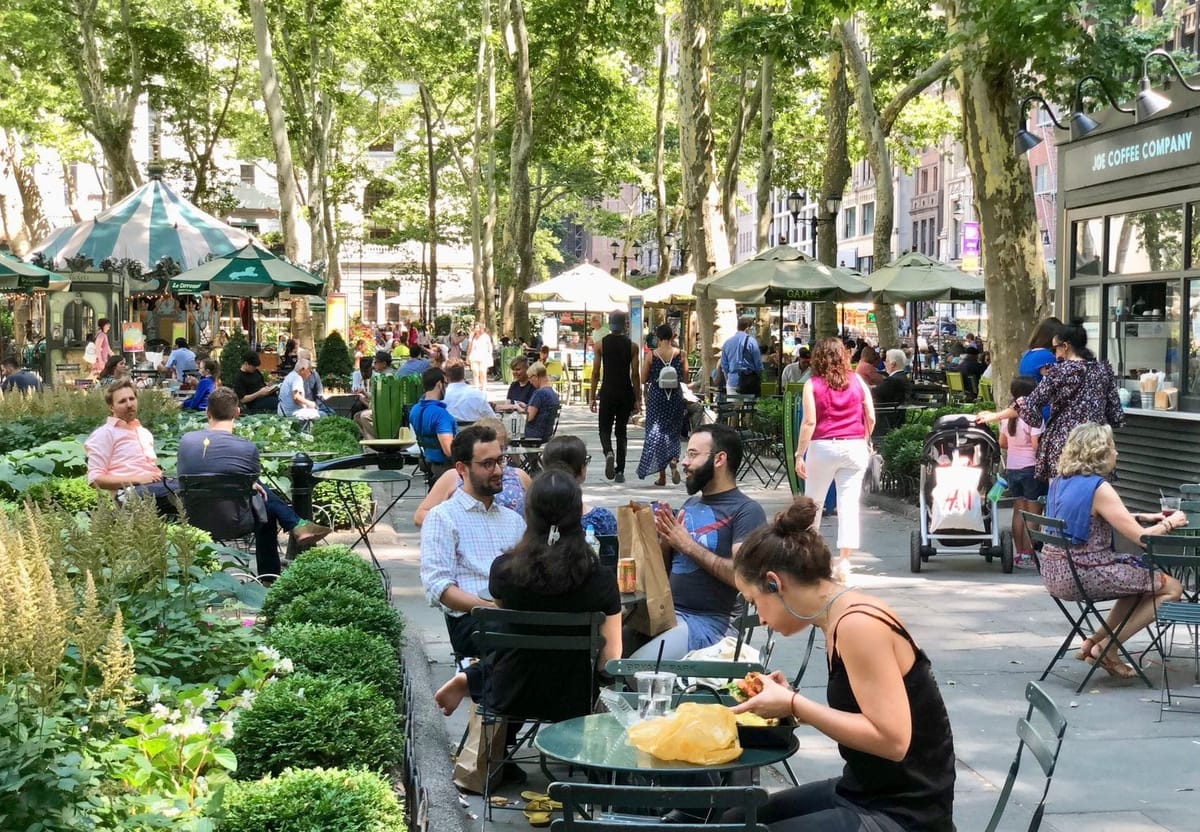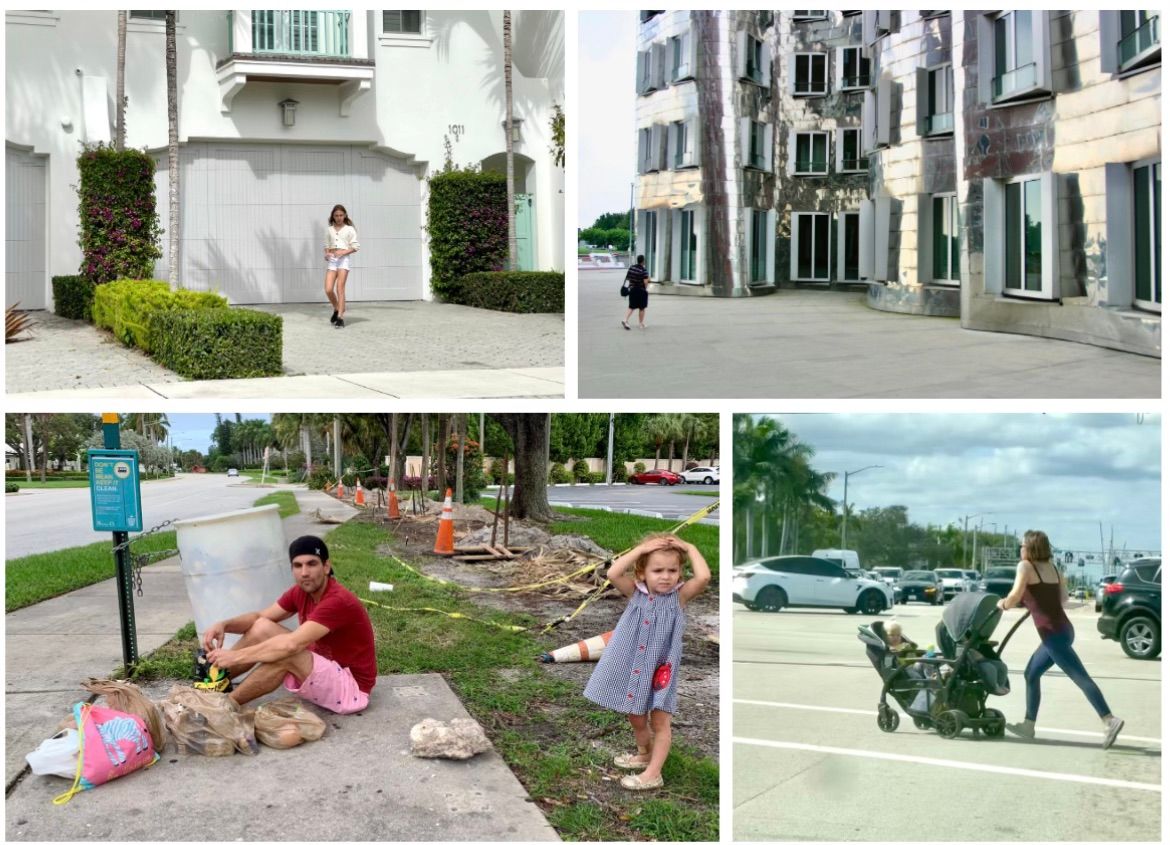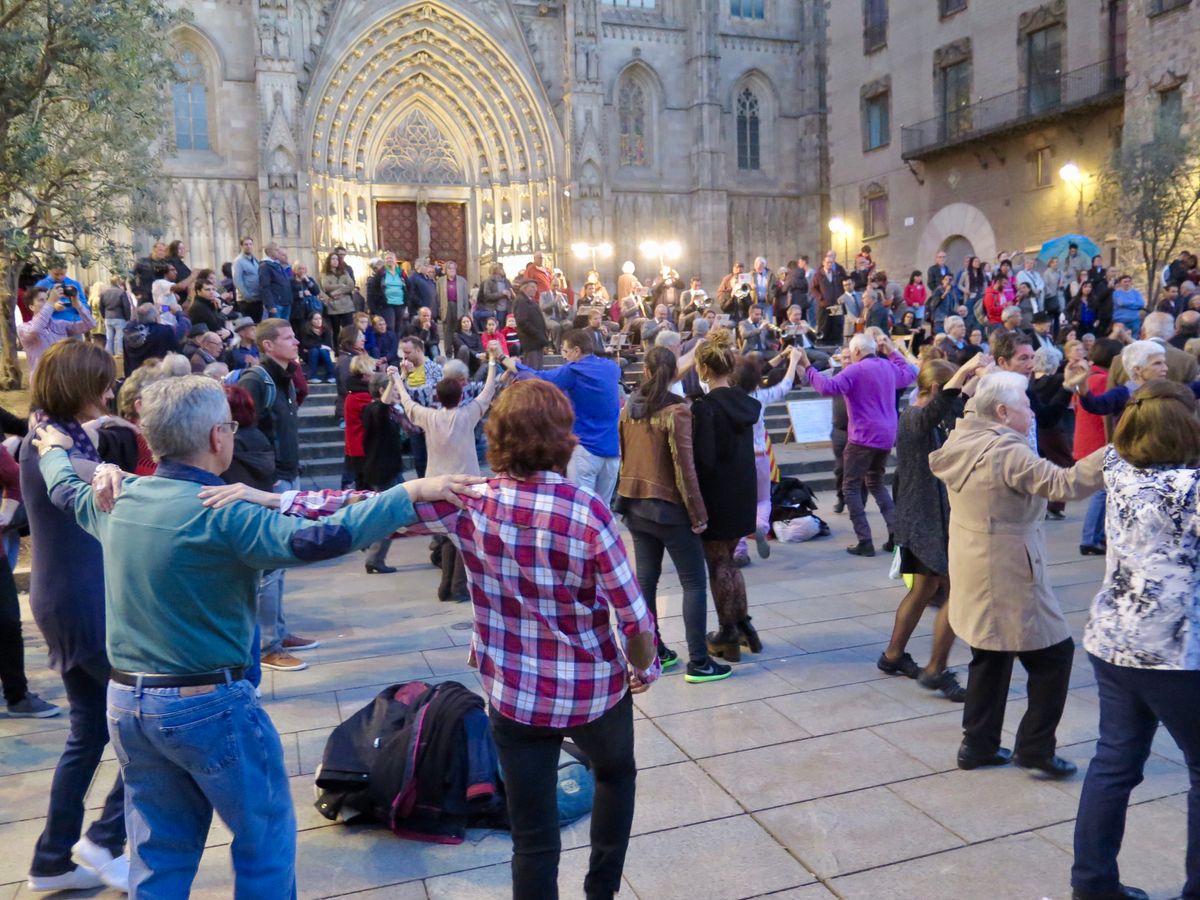Great Places to congregate can heal us - in many ways
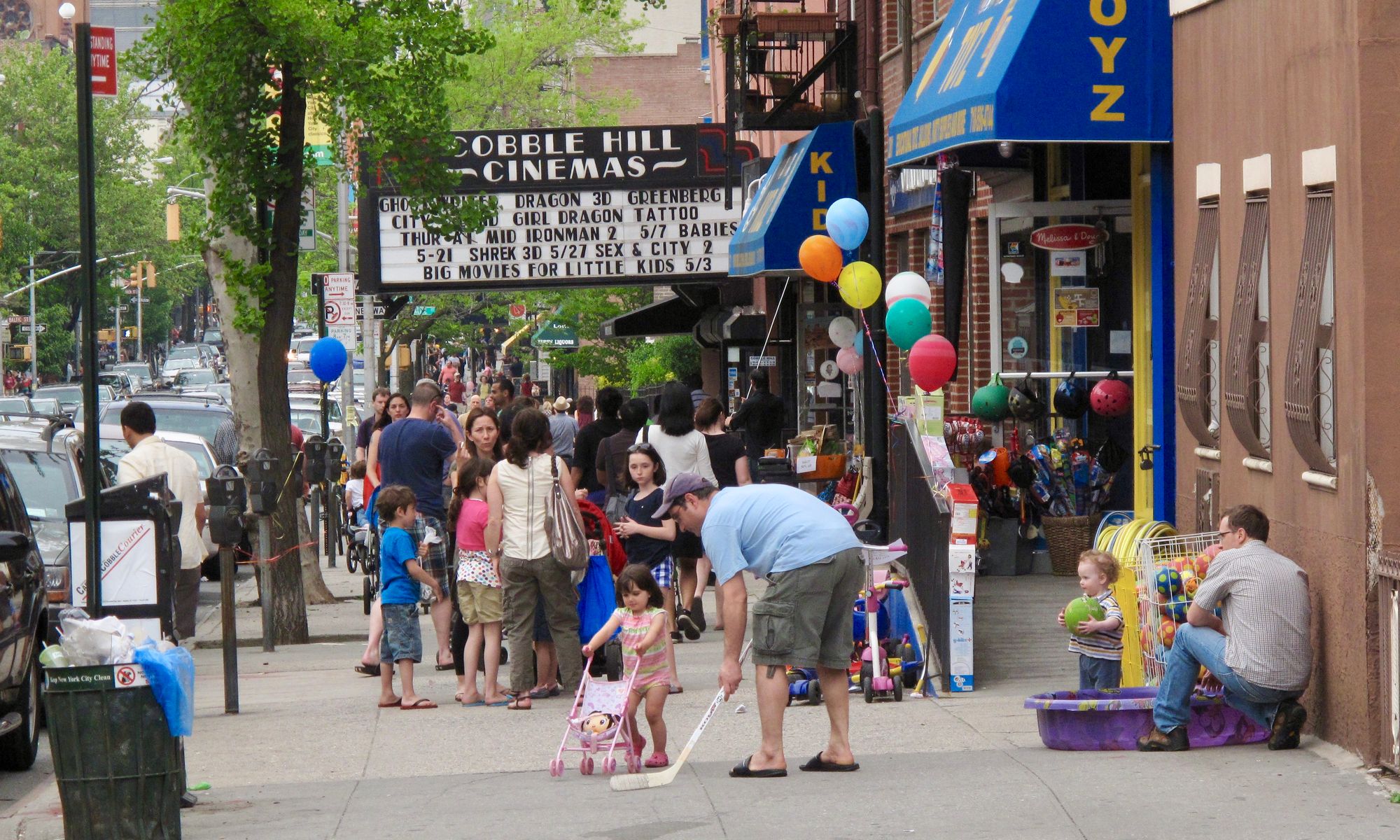
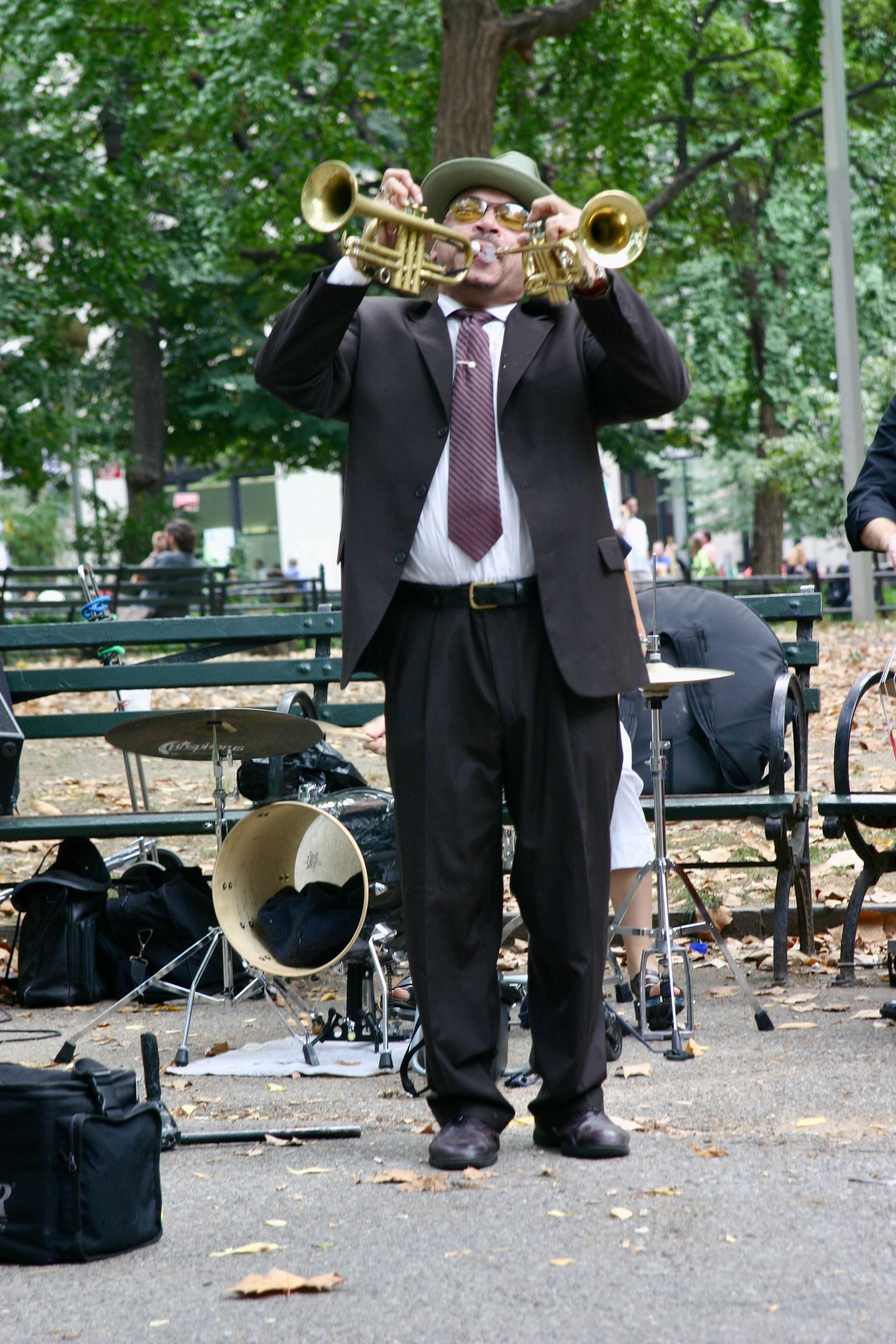
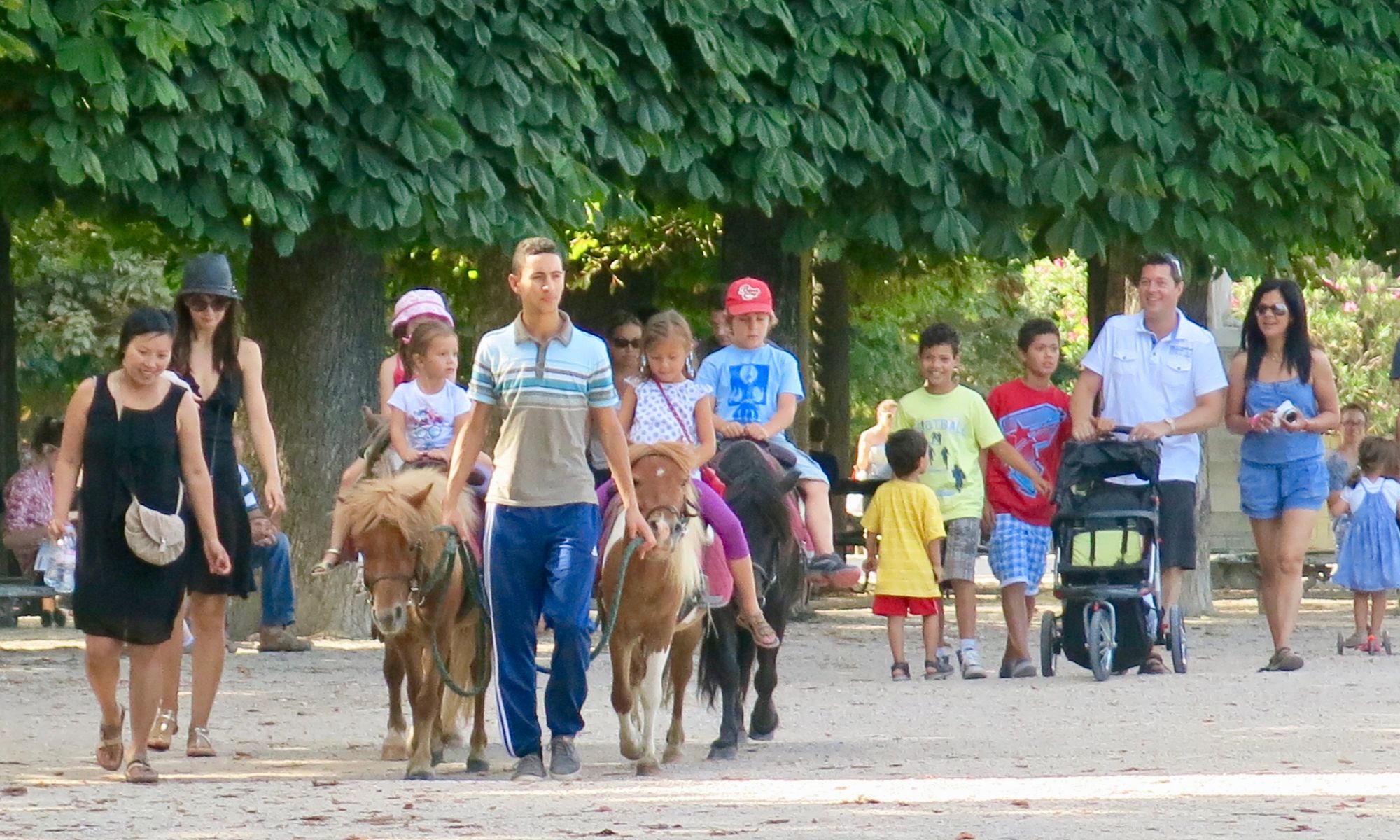
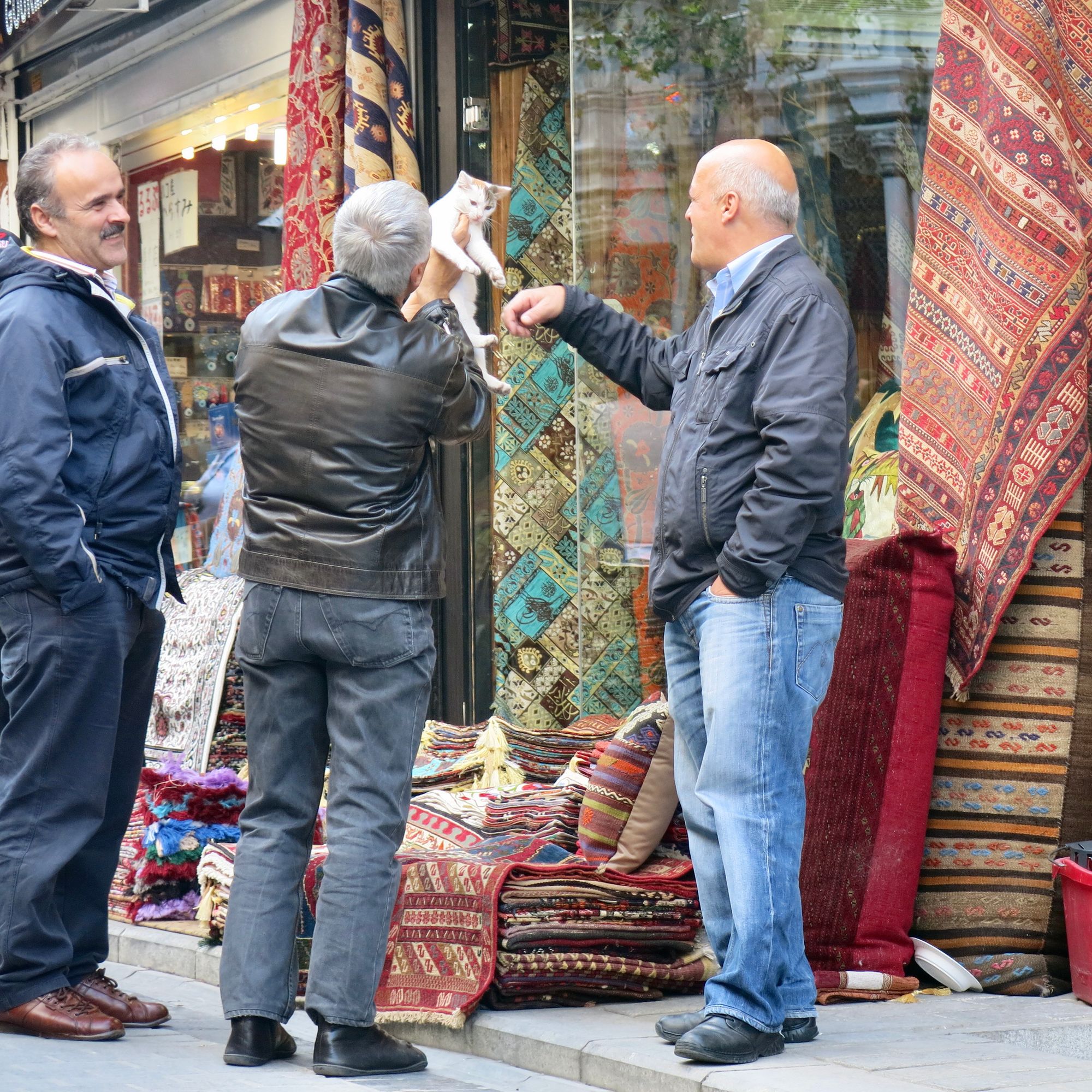
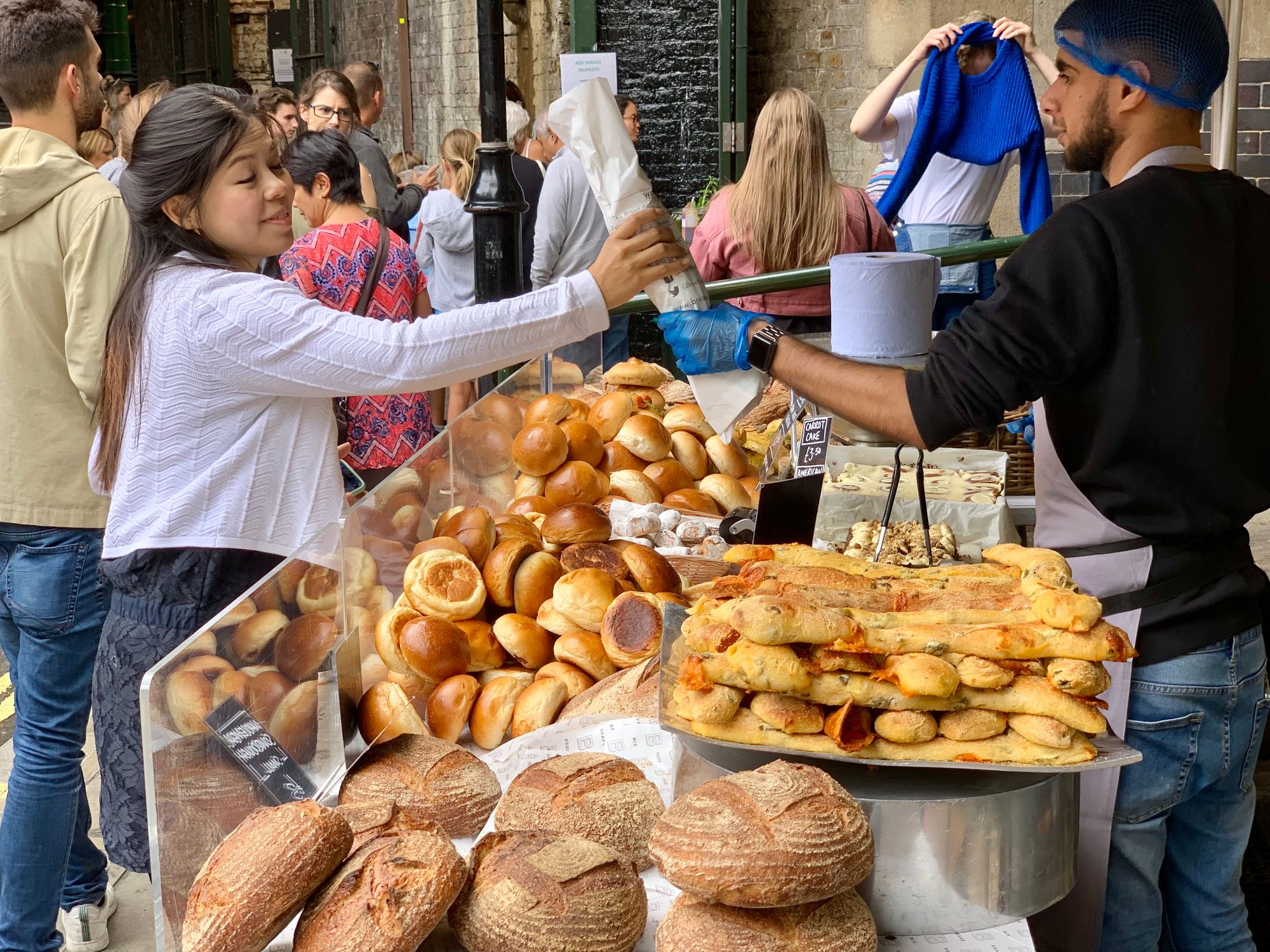
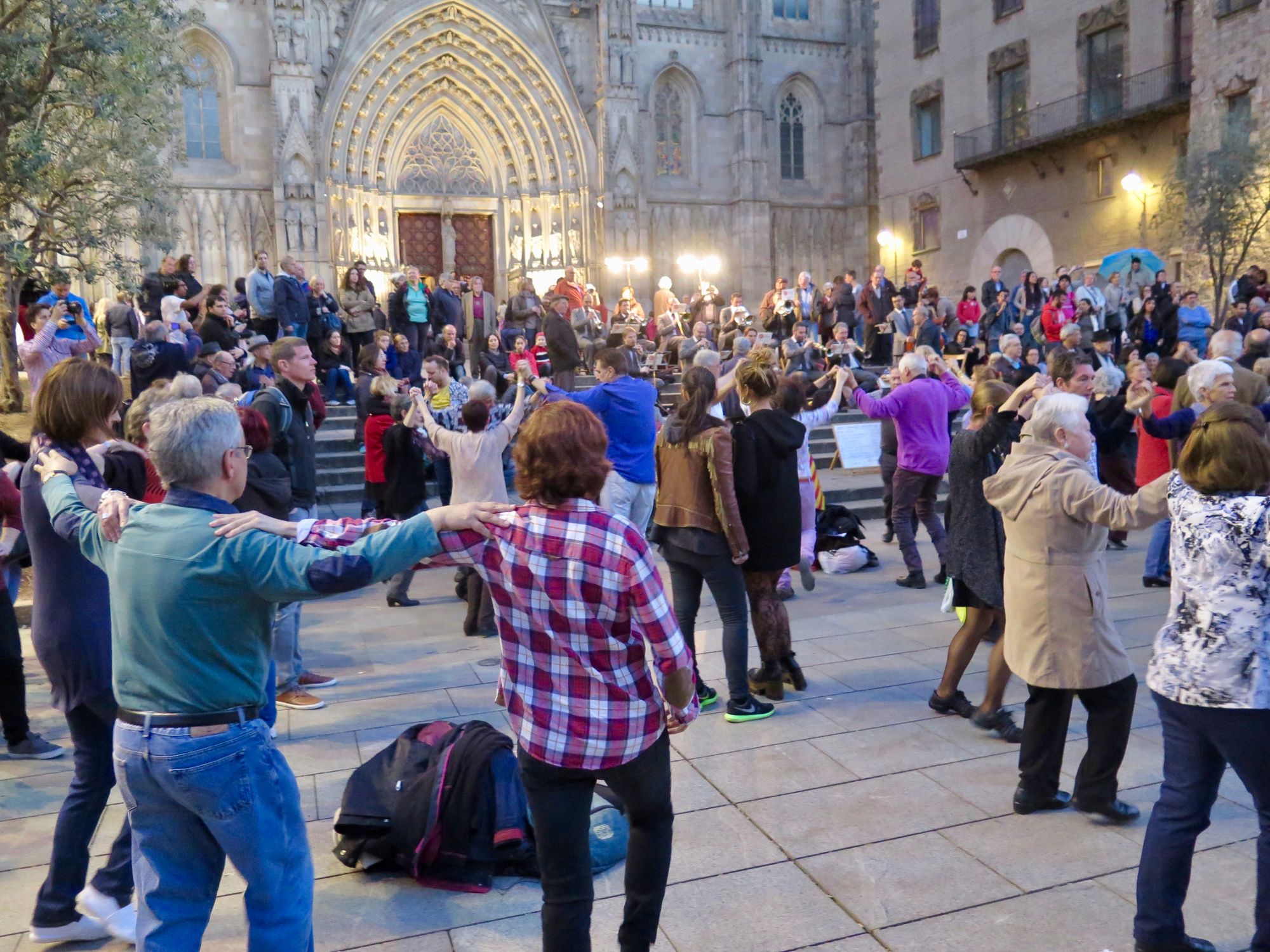
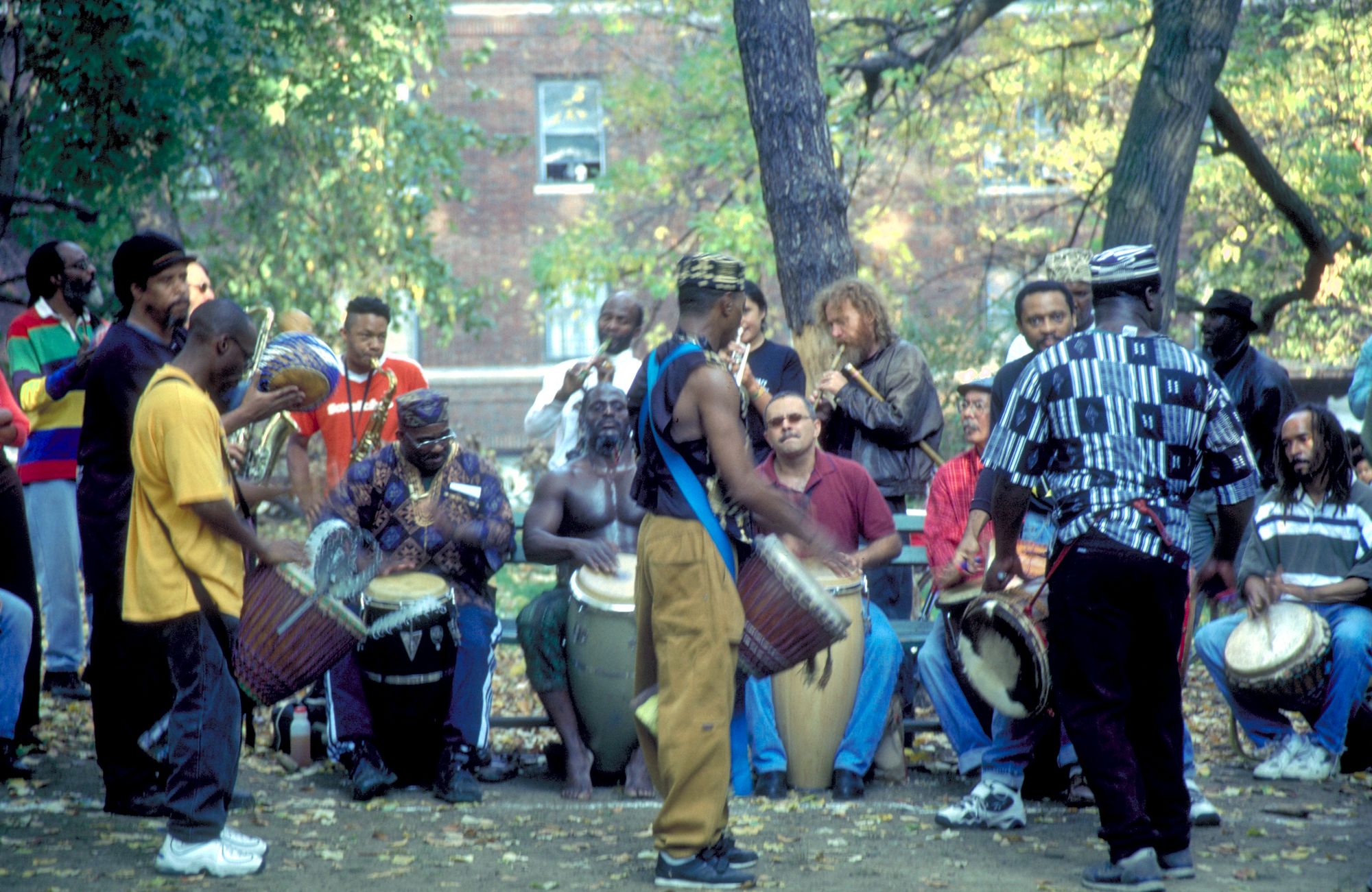
As we ponder what the world will look like coming out of the COVID-19 pandemic, one outcome might be something quite unexpected— a new realization about what matters most in life. With billions of people today longing to bond again with friends and family while also mourning the loss of casual connections to neighbors and even strangers— it is becoming more clear that the foundation of our happiness and fulfillment is a rich social life.
Social life means more than parties or sporting events. It describes an entire ecosystem of human interaction that give us meaning—and makes the very existence of our economy, community, educational system, arts and culture, science and innovation possible.
But over the past century, the richness of most people’s social life has diminished. Many of our personal encounters have been commercialized into mere transactions, or made so efficient there is little room left for personal touches. What once took place in public venues like streets, parks, libraries, cafes, markets, shops, civic buildings, transit, community centers and other gathering places now goes on in private settings or on-line.
The automobile, the telephone, radio, television, superhighways, video players, computers, Internet and social media have all chipped away at the primacy of face-to-face social relations in our lives. Even air conditioning (which keeps us indoors) and refrigerators (which made the soda fountain, ice cream parlor and corner tavern less necessary) played a role in pulling us apart.
It’s widely assumed that the decline of social life is an inevitable (even if sad) fact of modern life because many of these changes to how we relate have been caused by technological or cultural shifts (including nuclear families, suburban sprawl, two-income households and an accelerating pace of life). But social life is not mere nostalgia. There is no reason why we must accept the withering of social ties even as the world around us evolves.
People have never abandoned their desire for convivial places to mingle with others. And over recent decades, a movement has emerged around the world to preserve and create the social spaces, which play such a big role in fostering happiness.
Indeed, our impulse to make real-life contact with one another intensified after the COVID outbreak. A great deal of ingenuity has been unleashed as people figure out new, virus-resistant ways to connect. And I am not referring to Zoom happy hours and Google Hang-Out family reunions, which are good as far as they go but ultimately feel like tepid substitutes for genuine interaction the same way virtual dating does—because we are wired for flesh-and-blood connection.
Here in in Minneapolis, folks on my block got together at a safe distance around 6 pm to trade notes about how they are doing. On the next block, folks beat drums in a great cascade of joyful noise at 5. All day long the sidewalks are filled with people strolling, who wave at each other as they take sidesteps to stay safely apart. The streets bustle with bikes, skateboards and people-powered scooters. It's noticeable how many people have migrated from the backyard patio to the front porch or stoop because they want to be part of the action.
Nearby parks are dotted with small groups picnicking on blankets. Twenty-one miles of streets and parkways have been cleared of vehicles to accommodate a stream of walkers. Traffic will soon give way to café tables on even more blocks as bars and restaurants re-open for outdoor-only dining. My own social life has been enriched by three new best friends I have met—aged two, four and six —through serendipitous run-ins on the sidewalk.
This has obviously changed some in recent days, as rioting swept the city and curfews were imposed. My block is also not far from where George Floyd was killed by a Minneapolis police officer, sparking convulsive reactions across the country. The peaceful, heart-felt protests that happened there as community members shut down the street offer another example of people's desire to come together to share their feelings and aspirations. Banners declare it a sacred space, and it could become one model for turning streets into community places.
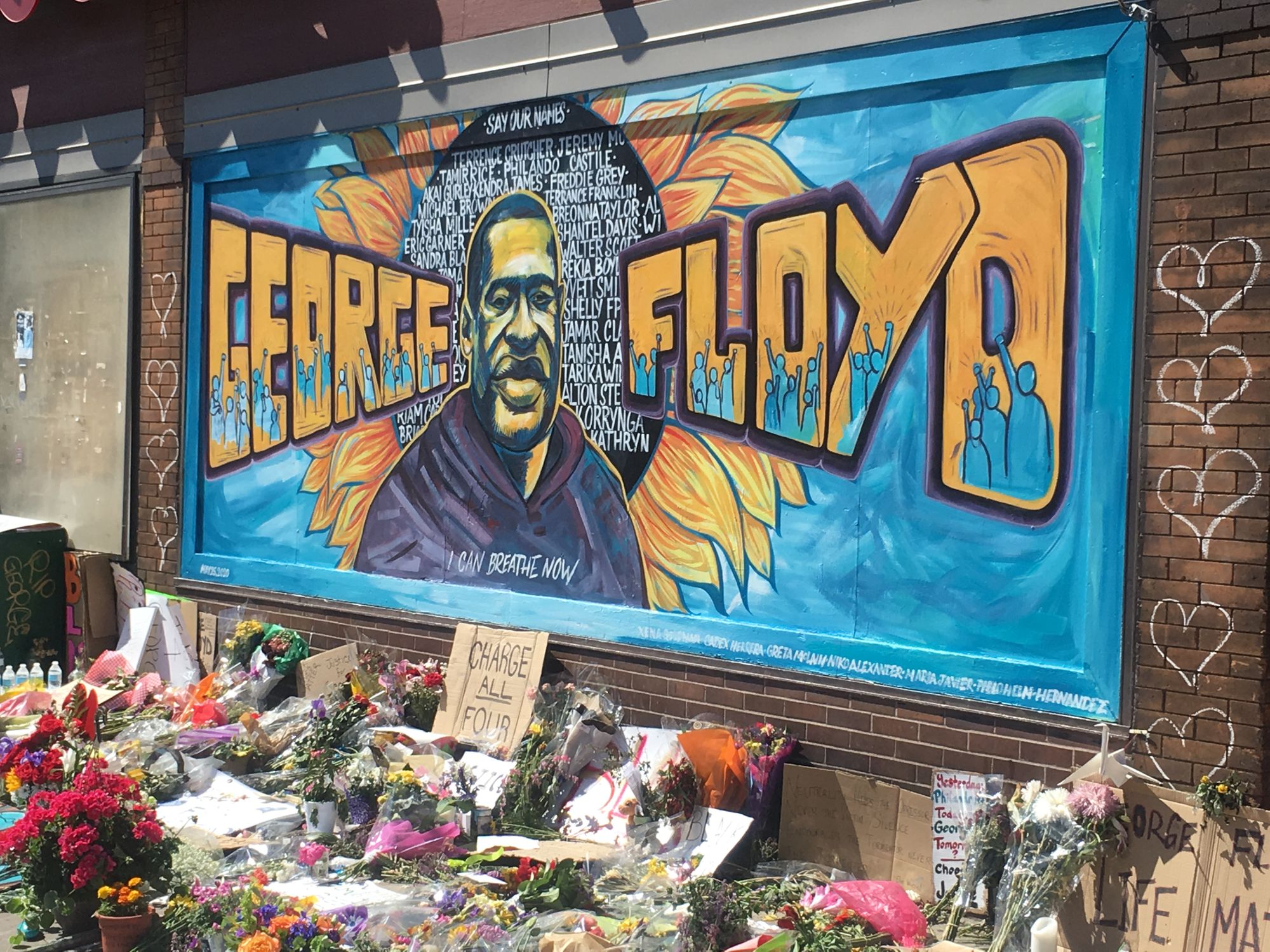
Even in a sharply divided America, everyone still seems to agree about the importance of their social life— those who pooh-pooh the pandemic by refusing to wear masks as well as those seeking safer ways to socialize. Finding places in every community where all people can come together to establish common ground—both literally and politically—will help heal the nation from polarization, social inequity and the pandemic.
Related Posts
